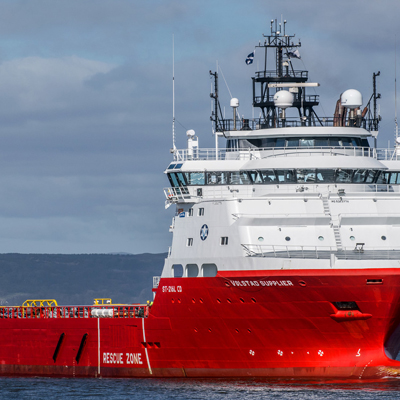Organisations often don’t consider the human contribution early enough and in enough detail. There can be a huge difference between a project that is overly technically focussed, with little regard for the people who need to enact the technical processes or maintain the processes of the project and projects that have embraced the human element from the beginning and maintain this focus throughout the project.
We recommend that organisations take small and frequent human considerations into account right the way through a change initiative.
The difference between something that’s technically accurate and something that’s fit for purpose
If we look at designing a kettle, we could develop a kettle that functionally works proficiently by boiling water and doing the job it was intended to do. But as we are likely to use this product daily, if a kettle was designed with a handle that loosened off over time, this would increase the risk of burns or scalds.
This same logic could be applied to a management of change project that hasn’t gone to plan as they have almost exclusively focussed on what they are trying to do technically without embracing how people will interact with the project. In the kettle example, there have been large customer safety recalls by Whirlpool where the costs or reimbursing customers were substantial.
Other factors to consider could be how people access the information in a project, understanding what the feedback of the system is giving you.
By integrating human factors into a project, an organisation can make the shift from something that is technically accurate to something that is fit for purpose.
The common sense argument
We often hear in the workplace, even hazardous workplaces that safety is just common sense.
What is common sense to one person is often not common sense to another person as human beings are all different. Common sense is therefore notoriously uncommon.
Common sense is a learned behaviour and changes over time. A young child might conceivably put its hand on steaming water as it hasn’t learned that this action can cause it pain through burns.
If we take a workplace change project the goal therefore shouldn’t be to develop common sense but to seek competence of the new way of doing things. So the focus needs to be on building employee competence.
We can ask ourselves questions like:
- How within a management of change process can people fail?
- Where do we know they have failed in the past?
- How do they fail?
- What can we do about it proactively
How can you include human factors in a change management initiative?
We need to actively consider the human contribution from the start to the finish. We need to understand more deeply what the people’s interactions are with colleagues, how they interact with the business digitally and the overall environment of the business. Building a visual model can help organisations understand what technical components exist within the business and how they interact with the human elements. Often, it’s within the interaction where human error creeps in.
When we start to see repetition of failures through human error, we would look to improve upon this sub optimal output. We can then look to improve some key business indicators and monitor key KPI’s set by the organisation over time. Once we see one department in the business improve the same fundamentals can often be applied to improve other parts of a business to build cumulative value.
By performing business-critical task analysis we can identify and prioritise where the human contribution lies and what the risk is associated with that. If a project fails, we could perform a human factors investigation to find out how the human contribution contributed to the “why” of what failed.




